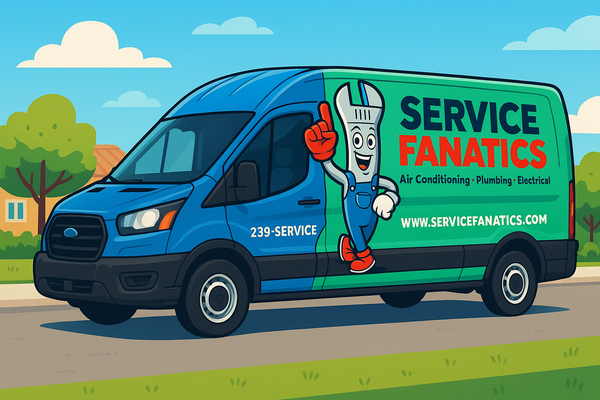How To Stop Discounting Your Services and Start Differentiating
Discounts can drive short-term sales, but they rarely build long-term loyalty. If your business relies on constant “20% off” promos or Groupon deals, you may be training customers to wait for bargains instead of valuing what you truly offer.

Groupons and mega sales can be great for quick business, but do they attract your ideal clients?
If you're constantly running “limited-time offers” or “20% off” promotions just to get people in the door, you're not building long-term demand—you’re creating a customer base trained to wait for a deal.
The ideal equation? Attract a steady stream of your ideal clientele and reward them for returning, without having to cut into your margins every time.
Here’s the uncomfortable truth: if the only reason someone chooses you is price, they’ll leave you for the next cheapest option.
This is why differentiation without discounting is the foundation of profitable growth for any size business.
Where to Start: Get Clear on Your Ideal Clientele
Before you can differentiate, you need to know exactly who you're trying to attract.
- Define your ideal client persona: demographics, values, pain points, buying behavior
- Base this on real customer data, reviews, conversations, and booking trends
- Tailor your language, imagery, and service names around this persona
If you’re offering discounts to appeal to “everyone,” you’ll struggle to stand out to the right people. Start by becoming magnetic to one group—your best-fit, highest-retention clients.
Also: know when you’ve outgrown your discount programs. If your revenue plateaus when you don’t run a promo, it’s time to re-evaluate your growth model.
Step 1: Repackage Your Offer to Maximize Perceived Value
If your current services are framed around time or features, shift the focus to the outcome and experience.
This small change helps move you out of the “price-per-minute” mindset and into a benefit-driven frame.
Ways to repackage your offer:
- Rename your services to highlight transformation and results, not logistics
- Bundle complementary add-ons into premium tiers
- Create themed packages around life moments (weddings, vacations, resets)
This lets you charge more without having to physically work more.
Step 2: Upgrade the Experience Without Overhauling Your Operations
You don’t need a rebrand or new equipment to create a more premium experience.
Start small:
- Add a signature touch to every appointment (aromatherapy towel or heated towel in a spa or salon, handwritten thank-you card, loyalty card with rewards)
- Use your social content to show behind-the-scenes details clients don’t see
These touches elevate perception—and perception drives pricing power.
Live example: A boutique salon charging $65 per haircut is struggling to compete with nearby chains. If they can elevate their experience by renaming services, improving ambiance, and focusing on proven results (highlighting before and afters), they can justify higher pricing.
Step 3: Shift Your Messaging From Transactional to Transformational
Your content and website copy should emphasize the result and emotion behind your work—not just the technical details.
What to do:
- Use testimonials that reflect how clients feel post-service
- Focus website copy on life improvements, not just service menus
- Be transparent with your pricing, but highlight the actual pains they have along with the benefits and results they will experience
Step 4: Stop Attracting Price Shoppers and Start Attracting Value-Aligned Clients
You don’t want just “more clients.” You want the right clients. Your ideal clients must understand “buy cheap, buy twice” and how that relates to your brand. Convince them that your services are fair in pricing for the value—and why you should be chosen over your competitors.
To do that:
- Clearly define what makes your approach different
- Highlight who you’re best for (and who you’re not)
- Set pricing that reflects your time, expertise, and positioning
If you’ve ever felt overworked and underpaid, it’s likely because your positioning is too broad or unclear. Differentiation helps filter out the noise and magnetize people who value what you do.
TL;DR: Stop Chasing Discounts—Start Attracting Clients Who Pay for Value
- Discounting trains customers to wait for deals—not invest in your expertise.
- Differentiation starts with knowing your ideal client and building your offer around their needs and values.
- Repackage your services to highlight outcomes, not features or time.
- Elevate the client experience with small touches that justify premium pricing.
- Use emotion-driven messaging that speaks to transformation, not just transactions.
- Position yourself clearly so you're attracting aligned clients—not bargain hunters.
When your value is clear, your price won’t need defending.
Focus on what sets you apart, and you won’t need to compete on cost.






